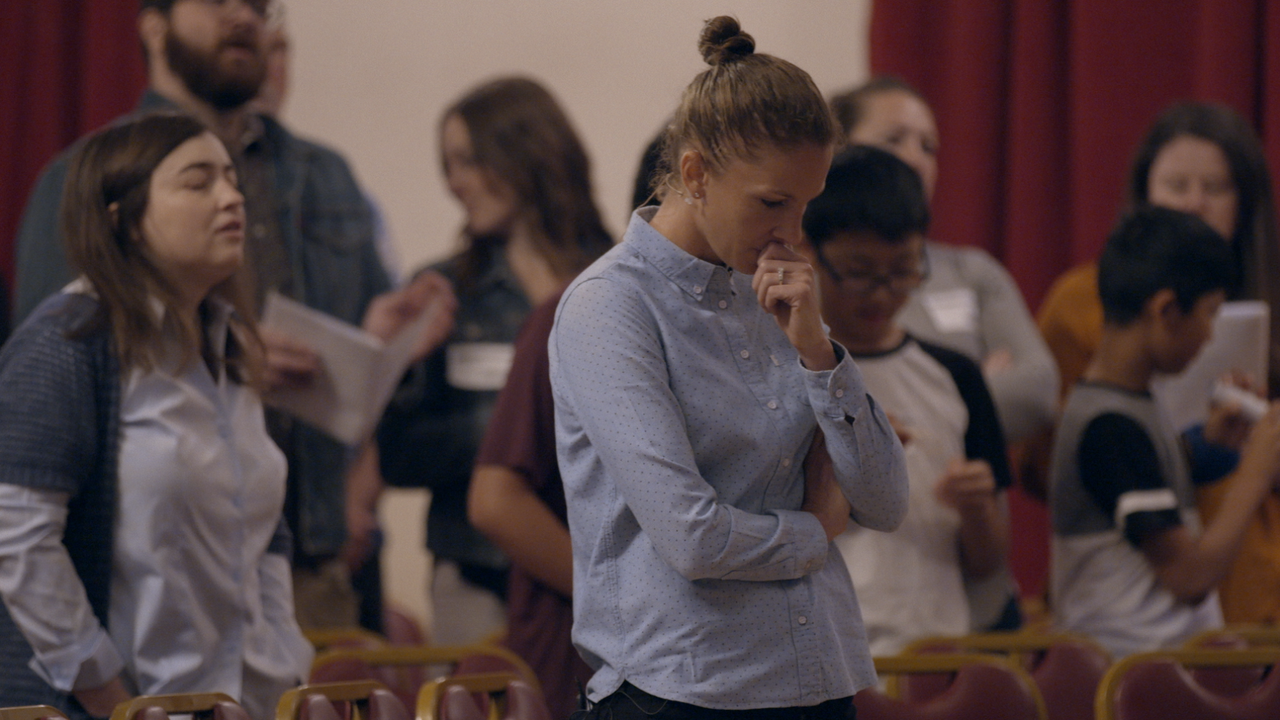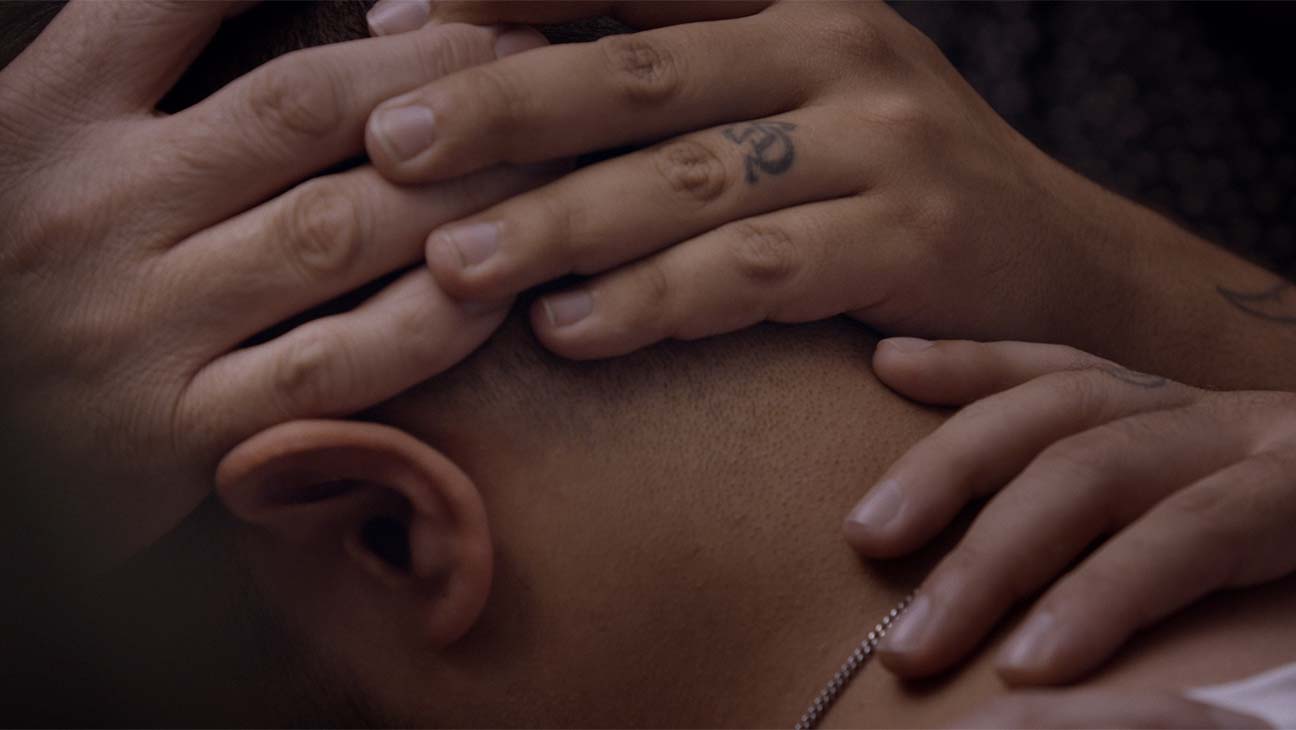|
Review by Sarah Williams
Time comes with many conditions, but it also bears a potential for change. Sometimes this change comes with progressive attitudes, no longer feeling the need to destroy anything that challenges our worldview, but sometimes this change is forced, a trial to push away some unwanted concept. In the case of Kristine Stolakis's feature documentary, Pray Away, time, for many, is hope that they can change themselves to make the world easier.
So-called reparative therapy has originated in its prominent form within evangelical church groups. It is an attempt to cure one of homosexuality, whether by force of another, or voluntarily. It makes the subject overanalyze their attraction, and blame the world around them for leading them down some sort of "sinful path". This idea only works if it is viewed as a subconscious choice for the participant, and the "ex-gay" graduates of the programs often say they have chosen a new life of normalcy. This is true somewhat, but it isn't that they have made the choice of sexuality, but that of repression. It’s fairly dense subject matter that’s received quite a few depictions, but few outside the realm of fiction fully dig into why this happens, and what the exact psychological effects are. This one is a little different than others, as we see the supposedly cured “ex-gays” who lead these programs, trying to help others become like them, even if they themselves are still actively repressing their own desires. We hear from the former face of a group called Exodus, Josh Paullk, who admits that even he never changed, and that he lied that he didn’t still have feelings for men. Since leaving the organization, that he says he truly believed had the power of change, he moved to Portland with his male partner.
The subject is handled showing voluntary conversion therapy as what it is: a form of self harm. Whether it comes from societal pressure, religious conviction, or any other fear of one’s same-sex attraction, this process of lying to oneself and the world, and treating a part of the self as a form of evil is incredibly damaging. For some, they panic, and for others, they turn further inwards. Trained self-hatred leaves scars, and these Christian fundamentalist programs are exactly that.
The hardest to watch of the four threads in the documentary is that of Julie Rodgers, who was held up as the teen ex-lesbian face of the movement after being forced into a reparative program at sixteen. Some parts, like enforced adherence to gender roles (girls must wear makeup, sports are too masculine), come off as almost cartoonish for these programs. Then the reality sinks in: these are young teenagers being trained to hate themselves. She says she’ll always remember being a teenager who was told she was a bad kid for having acknowledged part of who she was, and this is where we see just how much these teachings stick — even when those who’ve gone through them have left and denounced them. When we cut to Julie in the present day after meeting her through archival footage, we get to watch her prepare for her marriage to a woman, and we see the happiness that comes with freedom, as well as how the effect never quite leaves. This afterimage is what sets Pray Away apart. Instead of beating down the misery, it shows that there has always been a future possible for the subjects who had tried to fix something they were told was wrong with them. We see them happily married, or living as themselves, years after what they had been through, and we can see that future instead of lingering on wondering if maybe it could have worked. When we are only shown the misery of conversion, we are led to believe that it is an ending, when it is very much so. Pray Away depicts it as a painful false path, but that there’s always a way back, and that’s when it hits hardest. Rating: 4/5
0 Comments
Leave a Reply. |
Archives
July 2024
Authors
All
|
|
|
disappointment media
Dedicated to unique and diverse perspectives on cinema! |


